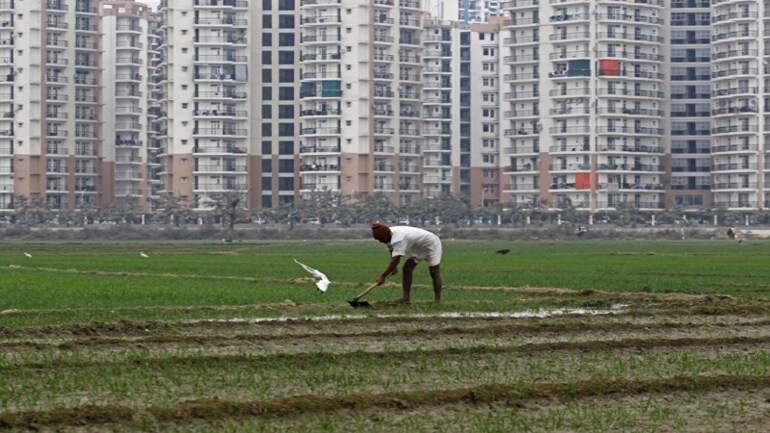Robust agriculture growth partly due to low base effect

Image credit: BBC
According to official GDP figures released on Wednesday, India’s farm growth was 4.5% on an annual basis in the April-June quarter of 2022–2023, indicating a brisk rise.
The statistic has more information than it first appears, though.
Good harvests from winter sowing and rising food costs are to blame for the agricultural GDP growth rate. But it was also supported by a strong base, so the 4.5% increase was partially influenced by the weak growth seen in the same quarter a year earlier (2021-22). The economy’s incomes are most frequently measured using the GDP.
The base effect, which is still in existence, is a statistical result that causes any economic number, like GDP or inflation, to appear high if it has been compared to a prior similar period where the value was too low, and vice versa. In the April–June period of the prior fiscal (2021–22), farm growth was only 2.2%. The most recent growth rate is measured in relation to this “low base.”
The results show that between April and June 2022–2023, the economy as a whole expanded by 13.5%, which was less than anticipated.
The fact that agricultural growth has consistently exceeded 4% is a plus. According to this, the sector will be growing steadily for the next two quarters. Farm GDP was 4.1% in the quarter before it, from January to March 2021–2022. In general, farm growth must be higher than 4% in order for the economy as a whole to grow at a rate of around 8%.
Agricultural incomes are expected to increase with more farm growth. Rural consumers’ incomes and spending have been hurt by rising crop costs.
In a research paper, State Bank of India group chief economist advisor Soumya Kanti Ghosh said that “urban demand is receiving support from contact-intensive services while rural demand has not responded to substantial farm output increases.”
